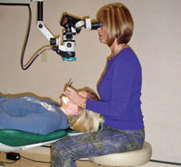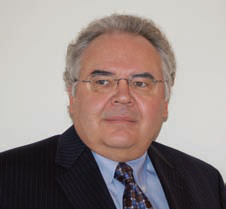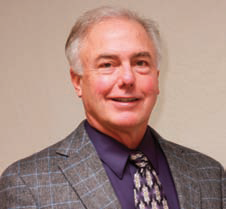Why?
This book is divided into two-sections. Each chapter in this first half of this text is composed of verbatim, or near verbatim statements culled from published dental literature over the last several decades. You should pay particular attention to the repetitive nature of the discovery of benefits. You will see that dentists from multiple disciplines have continued to note, over time, identical, or related benefits and improved results. Time and time again these benefits and results are attributed to superior illumination and magnification of the dental operating microscope. We realize that the bulk of the literature reports are case report in nature. However, the few peer-reviewed controlled studies existent — and included in this text’s bibliography — confirm the observations in the anecdotal reports. While we certainly encourage the conduction of additional controlled studies, it seems obvious to us that the operating microscope’s benefits to dentistry are well confirmed.

How
The second section of the text is an organized approach to learning the use of the dental operating microscope. This “how to” section of the text is the result of the author’s teaching more than 500 students how to use the microscope in more than 50 courses. The teaching techniques were developed by observing what works and what doesn’t. The result of this tested training methodology erases the long learning curve associated with microscope implementation
Schmidt and Boudro are both early and serious and ongoing contributors to the application of this instrument to dentistry, but they rue the fact early and late in their book that acceptance has been slow. In reality, acceptance by the dental community seems, from my perspective, to have been extremely rapid. For a new concept, application, treatment, or understanding to be generally applied, many steps must be performed in the right order.
Peter J. Jannetta, MD
Professor and Vice-Chairman
Department of Neurosurgery
Allegheny General Hospital
Our Advantage
- Endodontists enjoy better anatomic discovery, a diminishing need for PA surgery, better access debridement, perforation repair and broken instrument removal. Through the operating microscope they have found enhanced clinical observation and diagnosis.
- Periodontists find benefit in complete debridement. Through the benefit of precise incisions and accurate suture placement, they obtain better primary closure. They have noted superior revascularization, improved motor skills, more rapid healing, decreased post-operative morbidity and more predictable root coverage.



